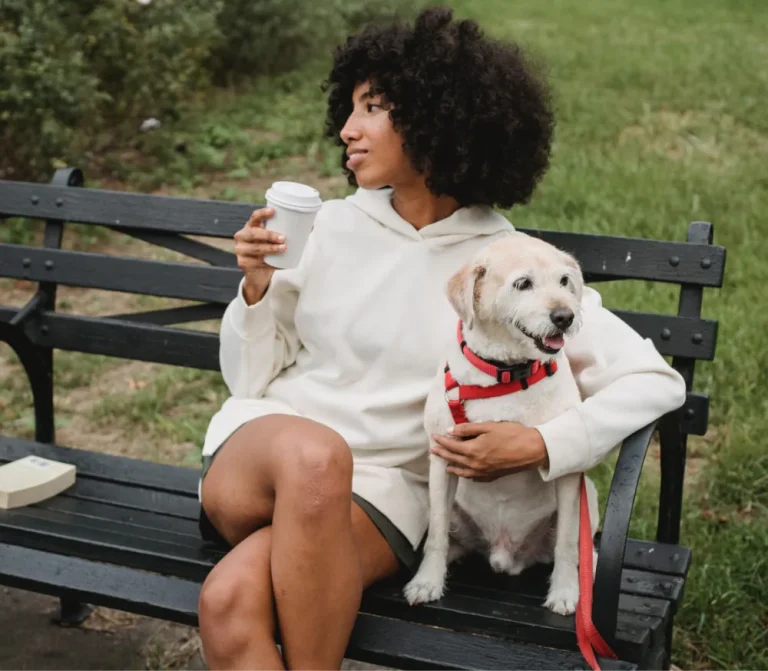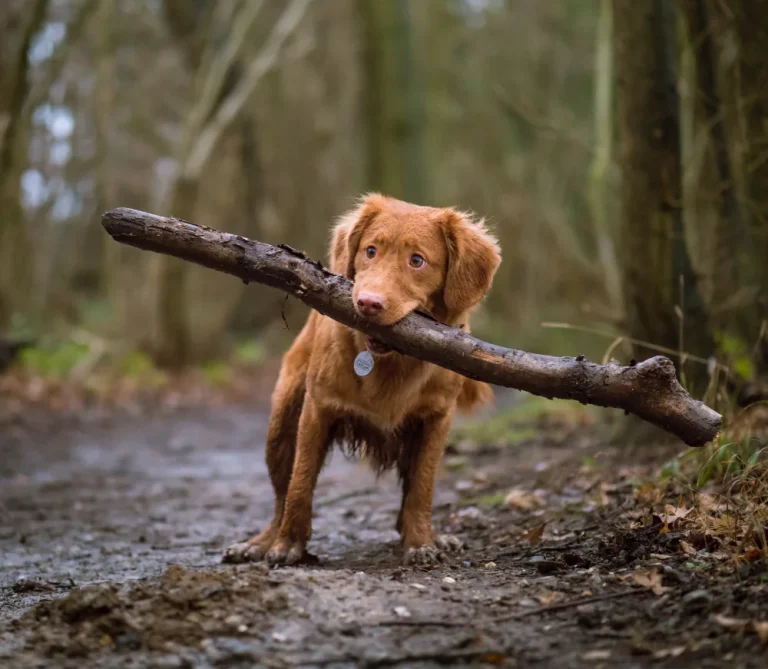
Walking your dog is one of the best ways to bond, exercise, and explore the world together. However, ensuring your pet’s safety during walks is just as important as the enjoyment of the outing itself. Whether you’re strolling through your neighborhood or hiking through a nature trail, a few simple safety precautions can help keep your pet secure and protected. In this blog, we’ll walk you through essential safety tips to ensure both you and your pet stay safe and enjoy your time outdoors.
1. Use the Right Walking Gear
The right walking gear plays a crucial role in your pet’s safety and comfort during walks. Ensuring that your dog is properly equipped can help avoid unnecessary injuries and improve the overall walking experience.
A. Leash and Harness: Safety First
A leash and harness provide you with control and prevent your pet from running off or getting into dangerous situations. But not all leashes and harnesses are created equal – it’s important to choose the right ones based on your dog’s size, behavior, and walking needs.
- Leash: Choose a leash that is sturdy, but not too long, especially if you’re in a crowded or busy area. Standard 4-6 ft leashes are ideal for keeping your pet close and under control. Retractable leashes may seem convenient, but they can be dangerous in high-traffic or unfenced areas because they allow too much slack.
- Harness: A well-fitted harness can provide better control than a collar, especially if your dog tends to pull or has respiratory issues. Front-clip harnesses, in particular, help prevent pulling by redirecting your dog’s attention back to you, while back-clip harnesses are great for casual walks when your dog is well-trained.
B. Reflective Gear for Visibility
If you walk your pet during early morning hours, dusk, or nighttime, reflective gear is essential for visibility. Both you and your pet should wear reflective collars, vests, or leashes to make sure you’re seen by drivers and other pedestrians.
- Reflective Harnesses/Collars: Look for gear that has reflective stitching or built-in lights. This enhances your visibility in low-light conditions, making your walks safer for both of you.
2. Protect Your Pet from the Elements
Weather conditions can vary, and it’s essential to protect your pet from extreme temperatures and other environmental hazards while on walks.
A. Hot Weather: Avoid Overheating
During warm months, it’s important to consider your pet’s safety from the heat. Dogs, especially breeds with short snouts or thick coats, are more susceptible to heatstroke.
- Hydration: Always carry water with you and offer it to your dog regularly. Portable water bottles with dog-friendly bowls make hydration easy during walks.
- Paw Protection: Pavement can get very hot in the summer, potentially causing burns to your pet’s paws. If you can’t touch the pavement with your hand without discomfort, it’s too hot for your dog’s paws. Consider dog booties for extra protection, or walk during the cooler parts of the day (early morning or evening).
B. Cold Weather: Prevent Frostbite
In colder months, pets can suffer from frostbite, especially on their ears, paws, and tails. Certain breeds, like those with short coats, are more vulnerable to cold weather, so it’s important to dress them appropriately.
- Dog Coats: Invest in a dog jacket or sweater for breeds that are not naturally insulated against the cold. Look for waterproof materials to keep your dog warm and dry.
- Boots for Snow and Ice: Dogs walking in snow or ice can get salt or de-icer chemicals on their paws, which can irritate their skin or even be toxic. Dog booties provide an extra layer of protection.
3. Be Aware of Traffic and Stray Animals
One of the most critical aspects of pet safety during walks is staying vigilant about your surroundings. Traffic, other animals, and even random hazards can pose a danger to your pet.
A. Stay on Leash
Always keep your pet on a leash while walking in public spaces or near roads. This gives you full control over your pet’s movements and helps prevent accidents. If you’re walking in a more open area (like a park or trail), make sure the area is secure before letting your dog off-leash.
- Training for Recall: If you do choose to let your dog off-leash in safe, enclosed areas, ensure they have reliable recall training. This allows you to call them back in case they encounter another animal or get distracted.
B. Watch for Traffic
When walking near busy streets, always keep a close eye on both sides of the road. Practice basic leash manners with your dog to keep them calm and avoid sudden lunges into traffic.
- Avoid Busy Streets During Rush Hour: If possible, avoid walking during peak traffic times when vehicles may be moving quickly and unpredictably. Stick to quieter roads or pedestrian-friendly paths when possible.
C. Be Cautious of Stray Animals
Stray dogs or aggressive animals can be a risk to your pet. Always be aware of your surroundings and keep a safe distance from unfamiliar animals.
- Leash Control in Unknown Areas: If you encounter a stray animal, keep your dog close and under control. Avoid any confrontations, as it’s safer for both you and your pet.
4. Avoid Toxic Plants and Hazardous Objects
Many plants and natural objects can pose a serious risk to your pet during walks. Familiarize yourself with common plants and items that can be toxic or hazardous to pets.
A. Toxic Plants and Flowers
Certain plants can be poisonous to dogs, and they may try to sniff or eat them while on walks. Some common examples include oleander, foxglove, and ivy.
- Tip: If you’re walking in areas with wild plants, stay vigilant and discourage your dog from sniffing or chewing on unfamiliar vegetation. If you’re unsure about a plant, it’s best to avoid it.
B. Sharp Objects or Litter
While walking in public spaces or parks, keep an eye out for debris or sharp objects that could harm your dog. Broken glass, trash, or sharp rocks can cause cuts or injuries.
- Tip: Make sure your dog is trained to avoid picking up random objects, and be proactive about guiding them around potentially dangerous items.
5. Watch for Signs of Fatigue and Discomfort
Your pet may not always show signs of discomfort immediately, so it’s essential to be mindful of their behavior during walks.
A. Signs of Overheating or Fatigue
During long walks or runs, your dog may begin to show signs of fatigue or overheating, including excessive panting, drooling, or lagging behind. If you notice any of these signs, it’s important to take a break.
- Tip: Walk at a pace that matches your dog’s physical condition, and be mindful of how they’re feeling. Take breaks as needed, and always have water available.
B. Injury or Discomfort
If your dog limps or suddenly starts favoring one paw, it could indicate an injury. Always check their paws and body for cuts, splinters, or anything unusual.
- Tip: Carry a basic first-aid kit for your dog, including antiseptic wipes, bandages, and paw balm for injuries.
Conclusion: Enjoy Walks with Confidence
By following these simple safety tips, you can ensure that both you and your pet have a safe and enjoyable walking experience. The right gear, awareness of your surroundings, and attention to your pet’s well-being will help prevent accidents and allow you to enjoy the great outdoors together. With proper precautions, walking your dog will not only be a great bonding experience but also a safe and positive activity for both of you.



